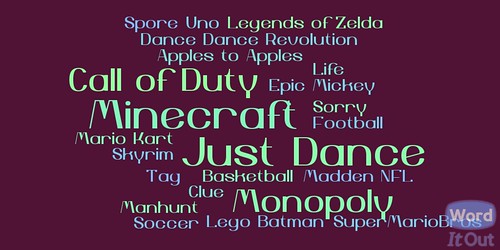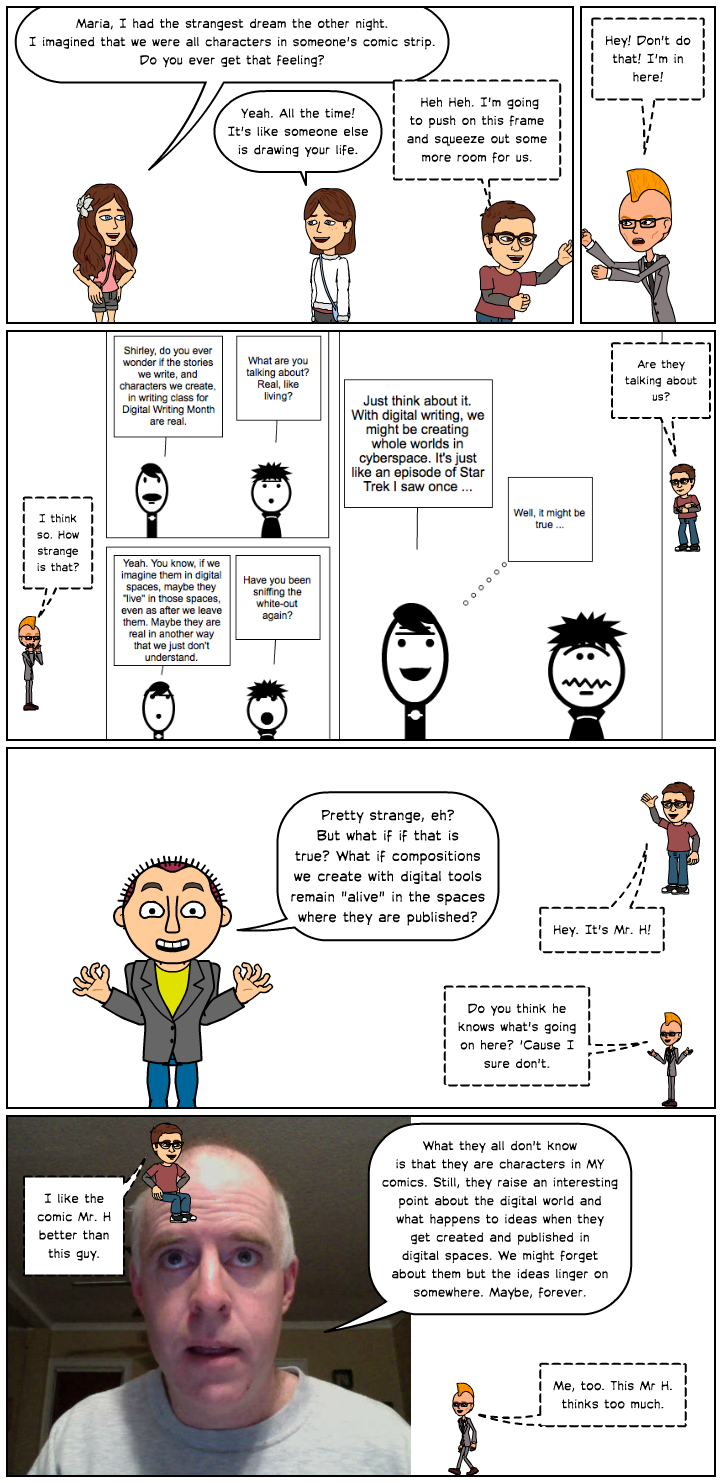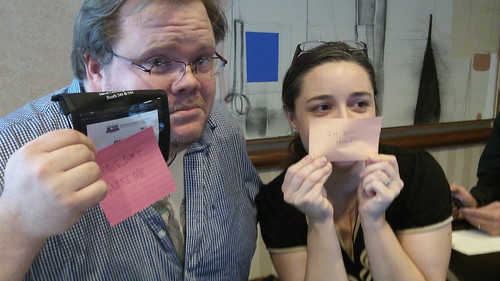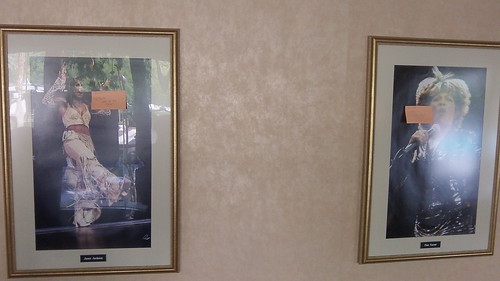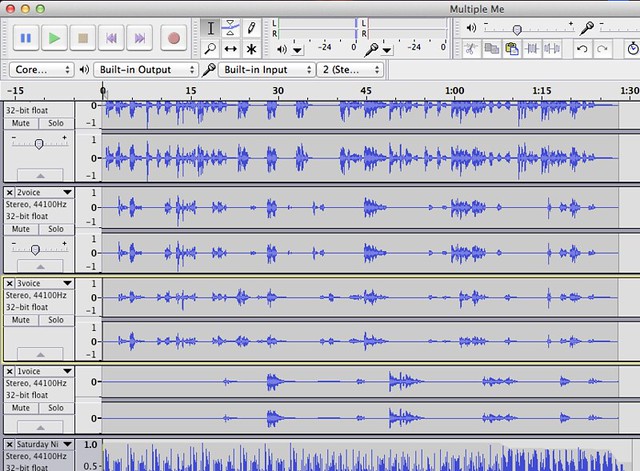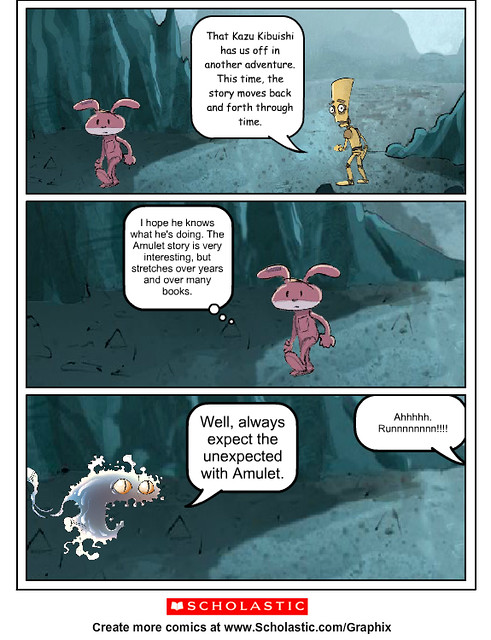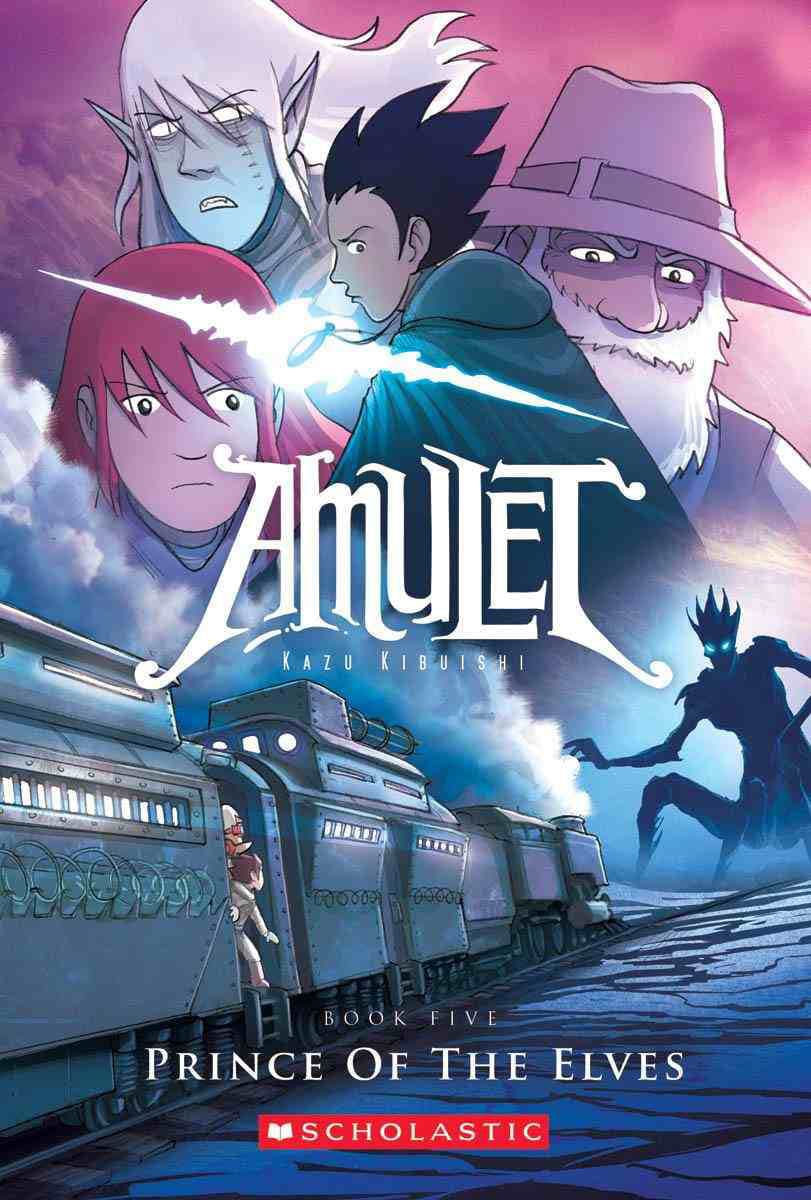We’re just starting our video game design project, which will stretch through the end of the calendar year. Yesterday, we had a long discussion about the games they like to play (not just video games), and then design elements of games — the good designs, which make you want to return to a game, and the bad, which make you want to abandon the game. These two question will be ones that we return to periodically as they begin to design, create and publish their own science-themed video games at Gamestar Mechanic in the coming weeks.
I took notes during our discussions and made these there word clouds. The concepts and ideas were only the ones that were repeated across my four sixth grade classes. In other words, the lists for all three questions were pretty lengthy. But I was looking for common themes from my four groups of students.
What struck out to me is the popularity of Minecraft these days (a huge leap from last year), and how graphics are front and center for both what they like in good games and what they don’t like in bad games.
Design Elements that Don’t Work
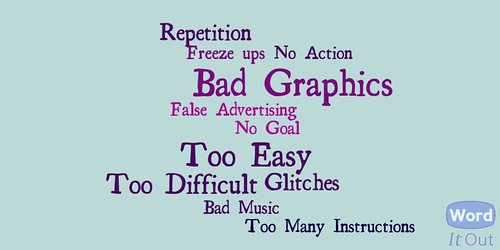
Peace (in the sharing),
Kevin
PS — if you want to learn more about our video game design unit, you can visit our reflective website from last year, which has student and teacher video reflections, handouts and samples. Go to our Video Game Design website.
